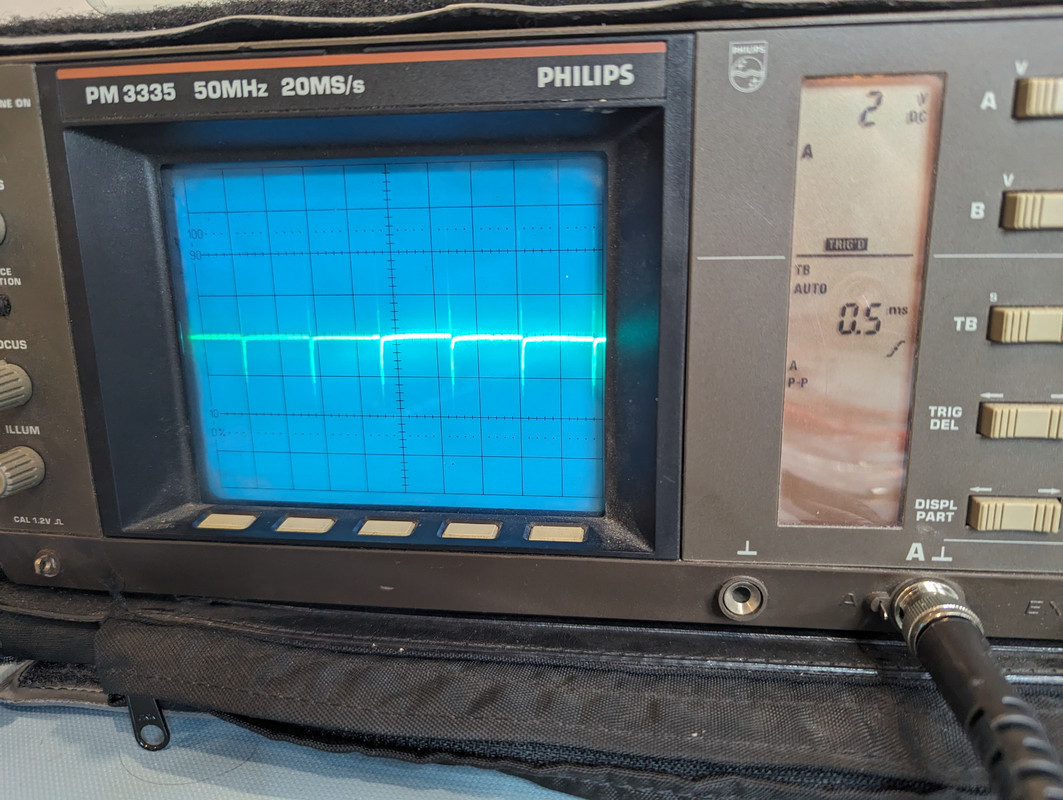but as far as anyone knows they are not getting money for this.
There is a lot of money involved in this kind of trolling if you consider potential use for psyops.
Either by delivering it directly or just to farm a credible accounts to be used later by "professionals" (instead of e.g. a blatant "green accounts" that suddenly have a lot to say about the rus-ua war).
And psyops term is not exclusive to the military grade ones, but even a trivial purposes like whistle marketing, or purely political.
If there is demand, there are companies selling appropriate services.
And if we are talking about commercial use, look at his 3rd photo:
 neosoft
neosoft - looks like company name, there are multiple similarly named companies but this one (already mentioned) explicitly mentions "AI" in whole portfolio:
https://in.linkedin.com/company/neosofthttps://www.neosofttech.com/services/artificial-intelligence-machine-learning/neosoft-ThinkPad-X270 - default ubuntu hostname formatting:
https://superuser.com/questions/734998/where-does-ubuntu-get-the-default-hostname-W10DG - most likely inventarization number, typical in corporations
- offending company is also located in India
- reverse image search yields this thread only (unlike the "traffic light" or ebay/aliexpress one:
https://irq5.io/2017/07/25/making-usbasp-chinese-clones-usable/ used here
https://www.avrfreaks.net/s/topic/a5CV40000000ajRMAQ/t394567)
- what is even the purpose of photografing this, are we yet to see another GPT-question related to berkeley output from `size` program?
- he seems to be using win11 normally
https://www.edaboard.com/threads/uart-communication-for-sending-integer-values.408205/ ,
https://www.avrfreaks.net/s/topic/a5CV40000000ajRMAQ/t394567Also, the kittu* accounts started activity few months after the Yannic video about GPT-4chan.
If true, we are probably seeing that someone is testing something here. (like reactions, time to compromise or this is a decoy and there is higher quality bot posting from stolen accounts etc.)



 Recent Posts
Recent Posts ).
).









